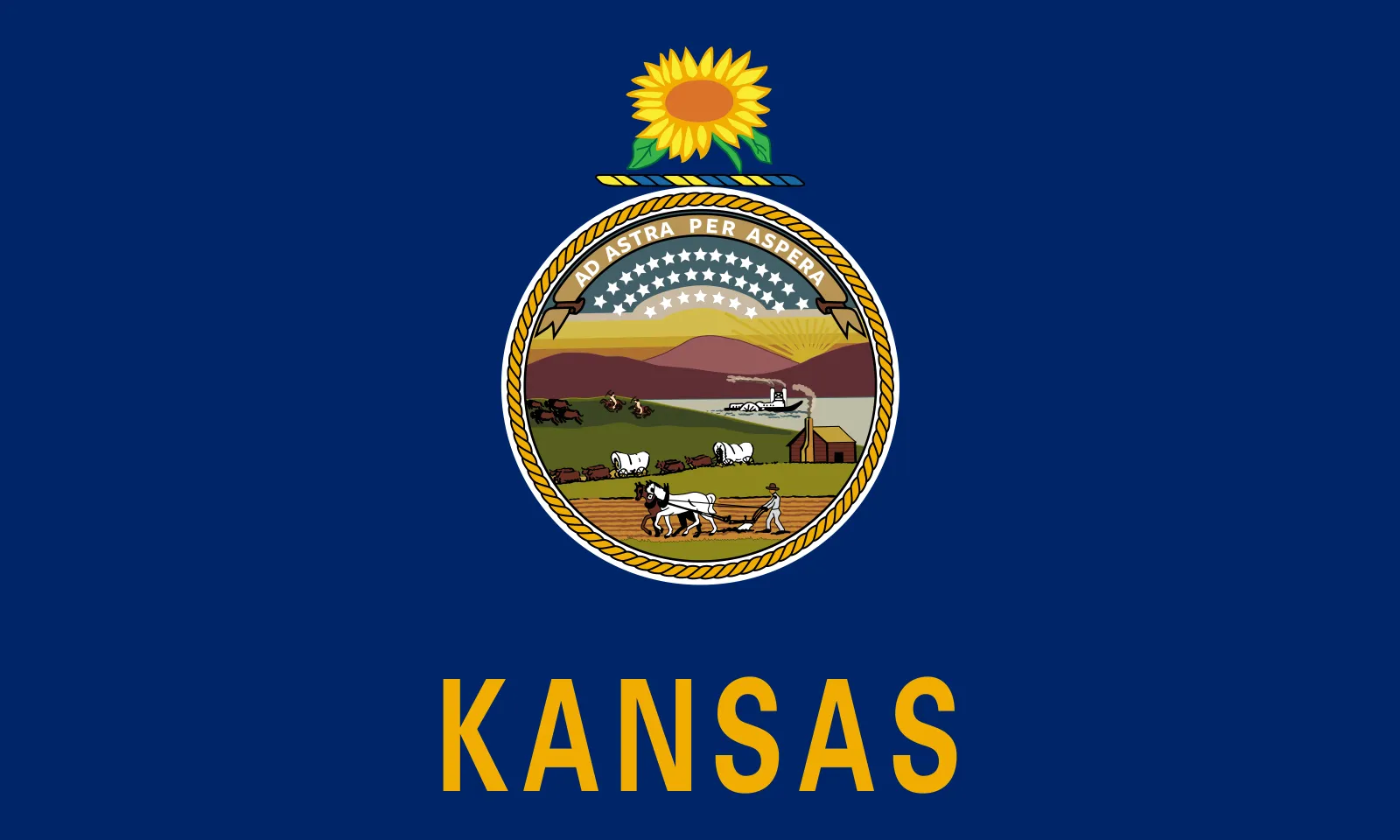The Guam Flag: A Symbol of Island Heritage
The Guam flag is a key symbol representing the culture, history, and people of Guam. Designed by Helen L. Paul in 1917, the flag carries deep meaning and showcases the island’s natural beauty, rich history, and connection to the sea. The design is simple yet powerful, reflecting Guam’s identity as a Pacific island and its journey through time.

Guam Flag Design and Meaning
The flag of Guam has a unique design. The most noticeable feature is the emblem at the center, shaped like an oval. Within the oval, you can see several important symbols:
- The Hagåtña River: This river holds a significant place in the history of Guam. It represents the connection between the land and the sea, as well as the livelihood of the Chamorro people, the native inhabitants of the island.
- The boat: The traditional Chamorro proa, or canoe, shown in the emblem highlights Guam’s strong seafaring tradition. The proa is a reminder of the skills of the Chamorro people who navigated the Pacific Ocean long before the arrival of Europeans.
- Coconut tree: The coconut tree is another vital symbol in the flag’s emblem. It represents resilience, as the coconut tree can withstand harsh weather conditions. It is also a symbol of life and sustenance for the people of Guam.
The background of the flag is a deep blue, representing the Pacific Ocean that surrounds Guam. A thin red border outlines the flag, which stands for the bloodshed and struggles of the Chamorro people throughout history, particularly during World War II when Guam was occupied.

The History of the Guam Flag
Guam’s flag was officially adopted on July 4, 1917, while the island was under U.S. Naval rule. It was created to give Guam its own symbol to fly along with the U.S. flag. Since Guam is a U.S. territory, the American flag is also flown alongside Guam’s flag. The red border was added after World War II to honor those who lost their lives during the Japanese occupation from 1941 to 1944.
Importance of the Guam Flag
The Guam flag isn’t just a banner that represents the island; it is a source of pride for its people. The flag reminds Guamanians of their long-standing traditions, their survival through hardship, and their hopes for the future. The flag is flown during ceremonies, national holidays, and events that celebrate the island’s culture and independence.

FAQs About the Guam Flag
1. What does the coconut tree on the Guam flag symbolize?
The coconut tree on the Guam flag represents resilience, life, and sustenance. It is a symbol of the strength of the Chamorro people and the importance of the coconut in their daily lives.
2. When was the Guam flag created?
The Guam flag was designed in 1917 and officially adopted on July 4, 1917. The red border was added after World War II to honor those who died during the Japanese occupation.
3. Why does the Guam flag have a red border?
The red border was added after World War II to symbolize the bloodshed and the sacrifices made by the people of Guam, especially during the Japanese occupation.
4. What is the significance of the proa in the emblem?
The proa, or traditional Chamorro canoe, represents Guam’s strong maritime tradition and the seafaring skills of its native people, who navigated the Pacific long before the arrival of Europeans.
5. How is the Guam flag different from other U.S. territory flags?
The Guam flag has a unique design featuring symbols specific to the island’s culture and history. It includes an emblem that reflects the natural and historical significance of Guam, setting it apart from other U.S. territories.
The flag of Guam is more than just a symbol; it tells a story of heritage, strength, and the island’s deep connection to its natural surroundings. It stands as a proud reminder of the resilience of the Chamorro people and their rich cultural identity. Understanding the Guam flag helps one appreciate the unique history and significance of this Pacific island.
Also Read, The Madagascar Flag: History, Meaning, and Symbolism
The Barbados Flag: History, Meaning, and Symbolism of This Caribbean Nation’s Flag
The Saint Lucia Flag: Meaning, History, and Symbolism
Gadsden Flag: The History and Meaning Behind “Don’t Tread On Me”















